Immediate Application of Practical, but Powerful Critical Thinking Strategies
Professional development focused on pie-in-the-sky or feel-good-now–but–can’t-do-anything-with-it-tomorrow strategies is too often the default experience for teachers. In the work I lead with thinkLaw to help educators leverage critical thinking as a seamlessly integrated part of their core instructional practices, it is so important that for teachers, it never feels like “one more thing.”
Working with Central High School in the West Allis-West Milwaukee School District has been a shining exemplar for what's possible when we get this right.
We kicked off this partnership on a Monday last fall with levelled questioning strategies designed to start lessons with provocative critical thinking hooks. It felt amazing to walk into the school on Tuesday and see classrooms immediately applying this strategy, like in the US Government class that started with the question,
“What would it look like if every state had its own currency?”
This question sparked wild discussion, joyful laughter, and ended up being a powerful hook into a relatively dry lesson on our nation’s monetary policy. There were at least 5 classrooms I observed using this strategy immediately.
Over the course of several months, we also supported Central High School’s Instructional Leadership Team (ILT) through a series of meetings focused on digging deeper with instructional strategies and tools for peer coaching models that have helped to create a powerful culture shift around teachers helping teachers. The impact of these sessions was clear during my last visit (check out the powerful science example below!).
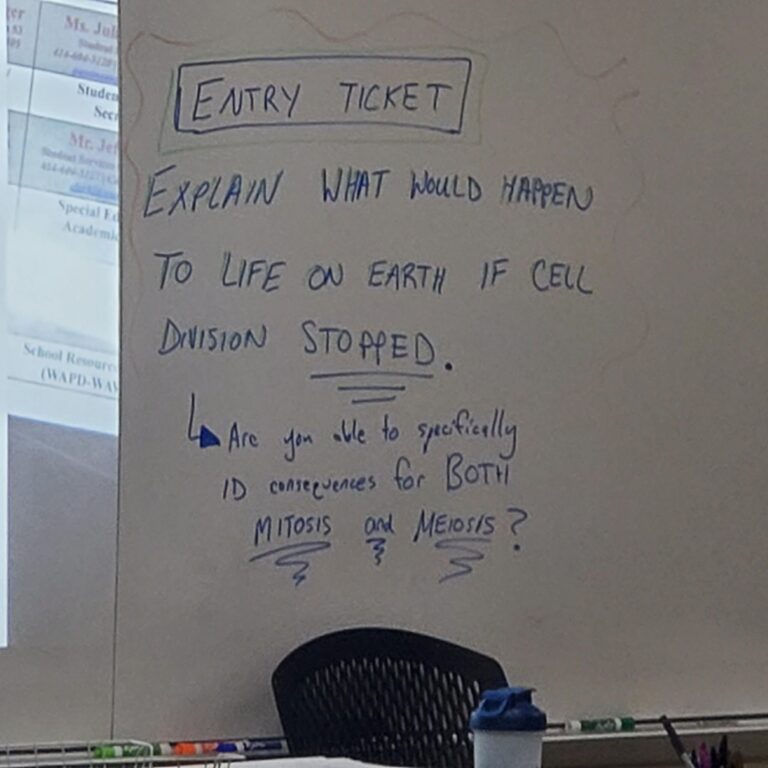
But lessons aren't just about hooks. At some point, teachers have to deliver content.
And in reality, the meat and potatoes of direct instruction can sometimes be so boring that educators themselves get bored!
To counter this, when I visited Central High School in February, I introduced the WICK critical thinking strategy, which allows students to think critically when watching a video, reading a passage, or listening to a lecture by sorting their notes into a graphic organizer based on what’s Weird, Interesting, Confusing, or Kinda Like/Knew this already.
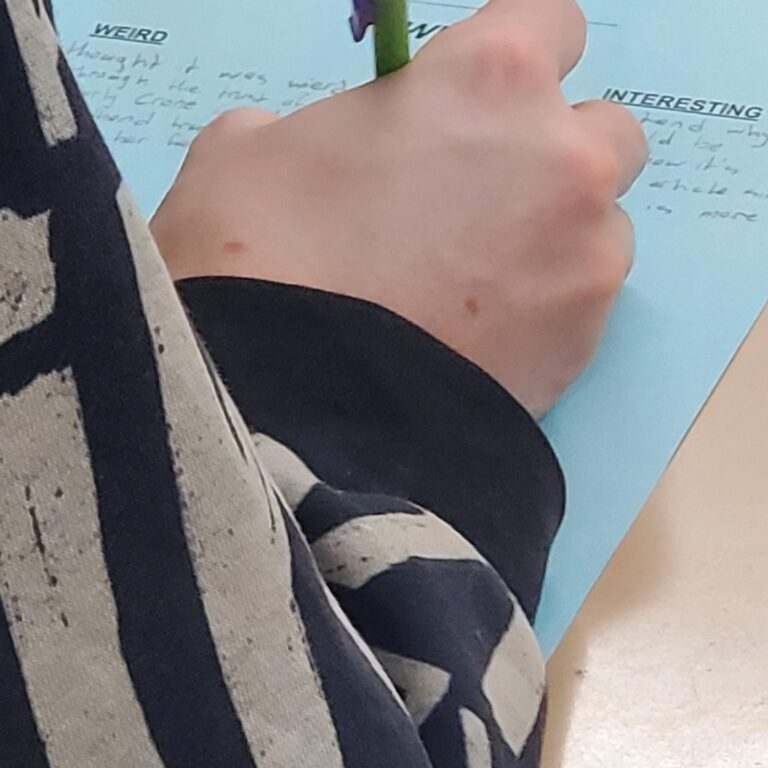
I know there was a culture shift because the very next day, I saw exemplars of the WICK strategy in over 20 classrooms! A biology teacher used it while watching a video. A health teacher used it to describe the mental health challenges facing teenagers. The special education inclusion classroom used it as a whole-group activity to analyze a book they had just finished reading about the Titanic. Algebra II used it to light a WICK around their observations of factoring polynomials to find their roots, versus what they observed on Desmos calculators when they graphed them and found their x-intercepts. In French class, WICK was used to critically think about a play they were reading.
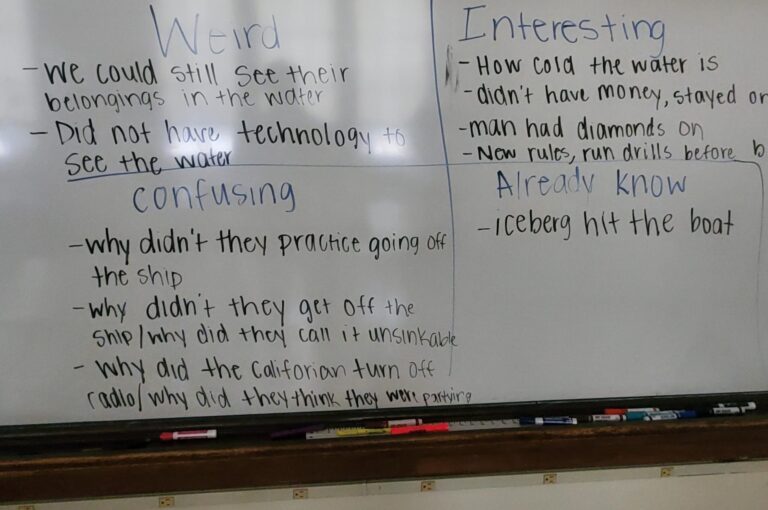
The critical thinking revolution will not be televised. But looking at what's happening at Central High School, it will definitely be practical.
Ready to bring this kind of transformational professional development to your school or district? Find out how you can partner with thinkLaw’s mission to help educators teach critical thinking to ALL students here.
Want to try out WICK in your own classroom? Get the strategy here and start practicing in your classroom tomorrow!
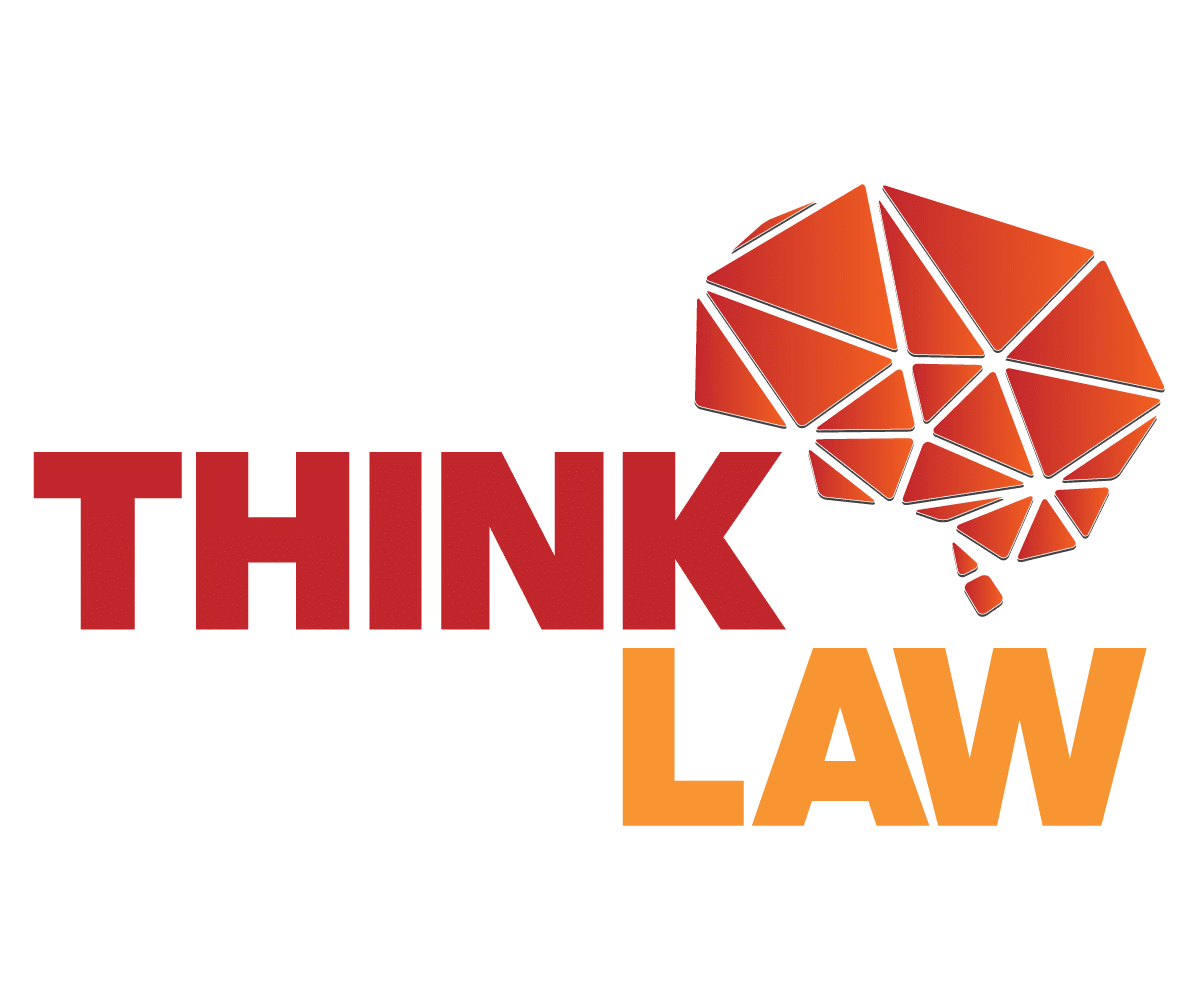
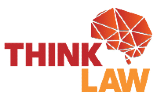
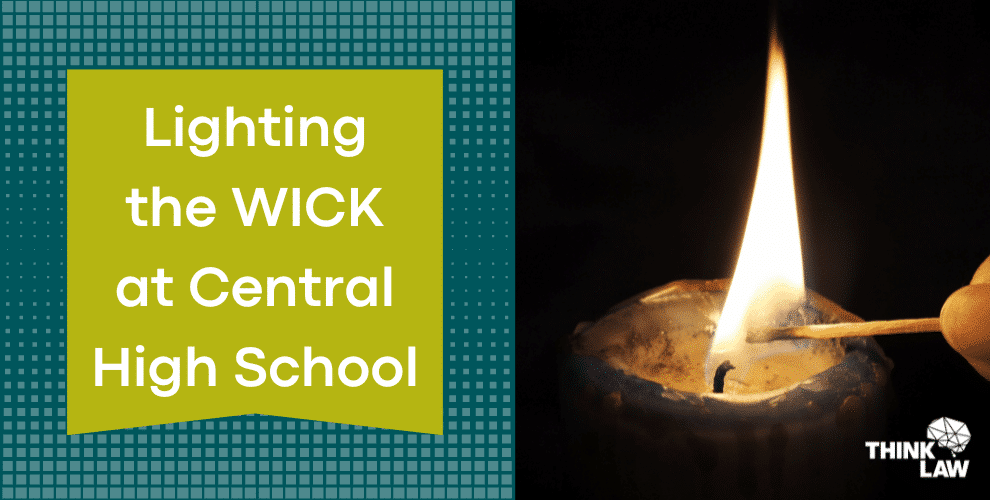
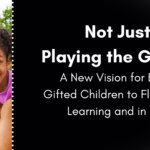
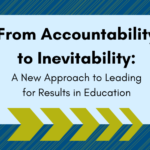
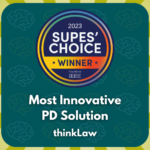
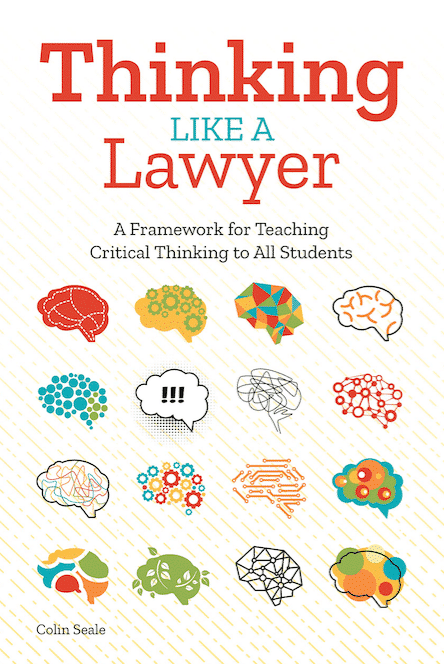
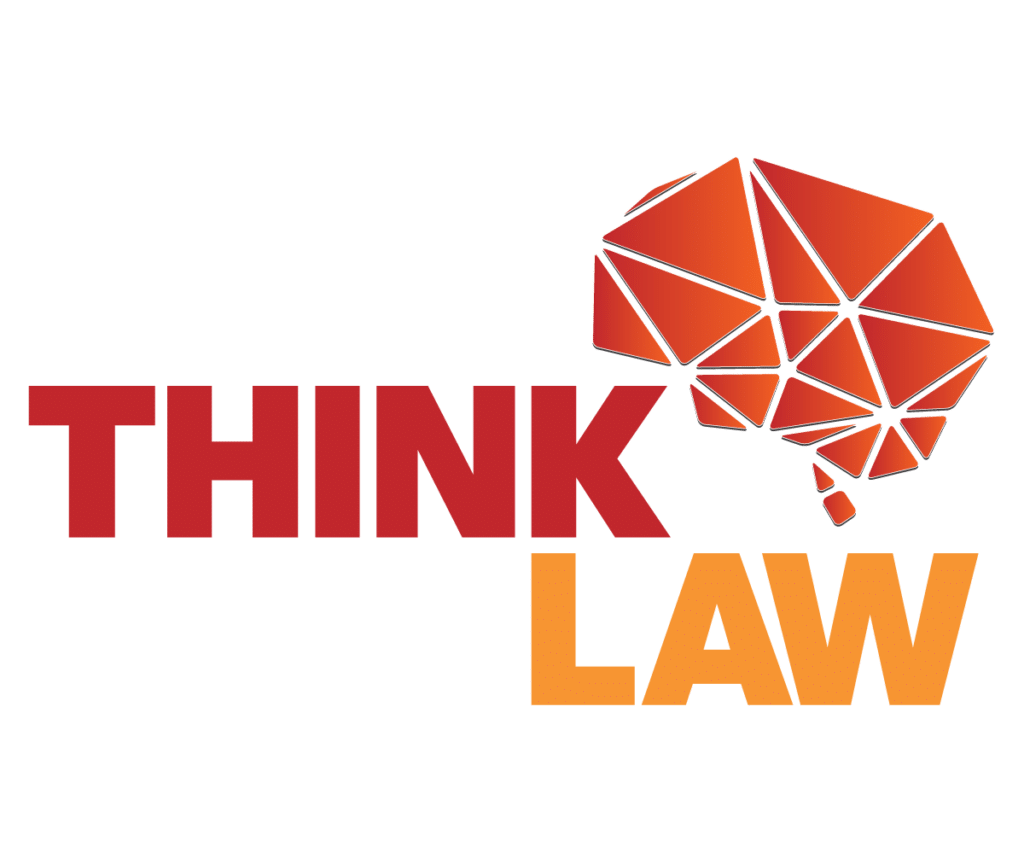
Leave a Reply